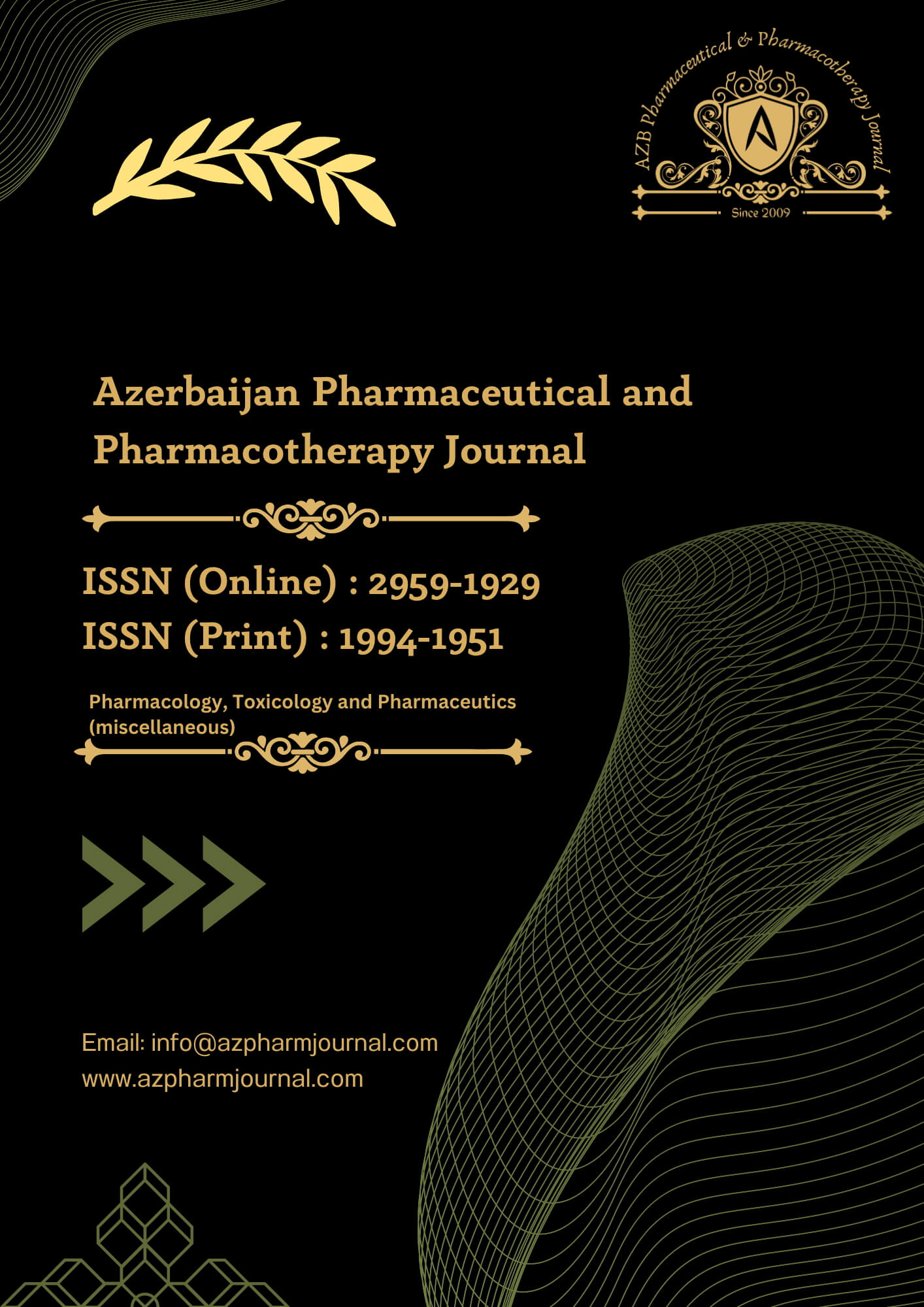Our study shows that IDRS consisting of variables such as age, abdominal obesity, physical activity and family history predicted diabetes mellitus with a sensitivity of 100% and specificity of 17.6% Present work was find out the incidence of pre - diabetes in the study population and association with insulin resistance and associated metabolic factors.
According to criteria of (ADA2007),5 the study comprised of 70 controls and 70 pre -diabetic subjects aged 30 - 60years with mean age 42.61+8.70 and 45.43+8.77 years, respectively.
IDRS simplified and developed by Mohan et al. (2005)3 was used to identify undiagnosed diabetic subjects, study revealed of 60 subject shaving serum glucose level < 100 mg/dl, 57% subjects (34) fell into moderate risk group (IDRS 30 - 50) and 25% (15) subjects fell into high - risk group (> 60 IDRS). of 60 subjects having FSG (> 100 - 125 mg/dl) labeled as pre - diabetic 38% subjects (23) fell into moderate risk group (IDRS 30 - 50) and 55% (33) subjects fell into high - risk group (IDRS >60).
The observation revealed that blood glucose higher than >100 - 125 mg/dl imposes greater future risk for type 2 diabetes.
Unwinn et al. wrote in their article entitled impaired glucose tolerance and impaired fasting glycemia that pre - diabetes (dysglycemia) is primarily a risk factor for the development of type 2 diabetes.6
Cardio - metabolic risk factors other than dysglycemia are also risk factors for developing type 2 diabetes
e.g. insulin resistance. The present study demonstrated that insulin resistance was present in subjects who scored >30 on IDRS scale 7% in the control group despite glycemia and 80% in a pre - diabetic group.
Recent study showed that IDRS not only predicted diabetes but also identified individuals with higher cardiovascular risk i.e., those with metabolic syndrome even at test age when
They have normal glucose tolerance.4 Now it is beyond doubt that India actually has the highest number of diabetics in the world and Government of India has rightly launched the national program for control of diabetes, cardiovascular diseases and stroke in January 2008 (Diabetes Atlas, third edition 2006).7 As the prevalence of and progression to the diabetes continue to increase, diabetes-related morbidity and mortality have emerged as major public health care issues.
Diabetes is now a global problem with devastating human and social consequence and the costs for care of diabetes, and its complications have an overwhelming economic impact globally.8
The public health burden of the disease is enormous in terms of health care expenditure. Even the lowest pre- diabetic levels have been found to be associated with increased medical costs.9 Zhang et al. studied medical claims data to estimate per capita excess health care use and medical costs to calculate national expenditures associated with pre diabetes.10 The results of the study were extrapolated to suggest the national annual medical costs of pre - diabetes exceed 25 billion dollars or an additional 443 dollars for each adult with pre-diabetes.
The diagnosis of pre – diabetes or border line diabetes is important as scientific evidence suggests that the progression to type 2 diabetes and its associated complication can be delayed or reversed. Lifestyle changes can prevent or delay the development of type 2 diabetes among persons with pre-diabetes irrespective of their age, race, and sex (diabetes prevention, programmer search group, 2002).11
